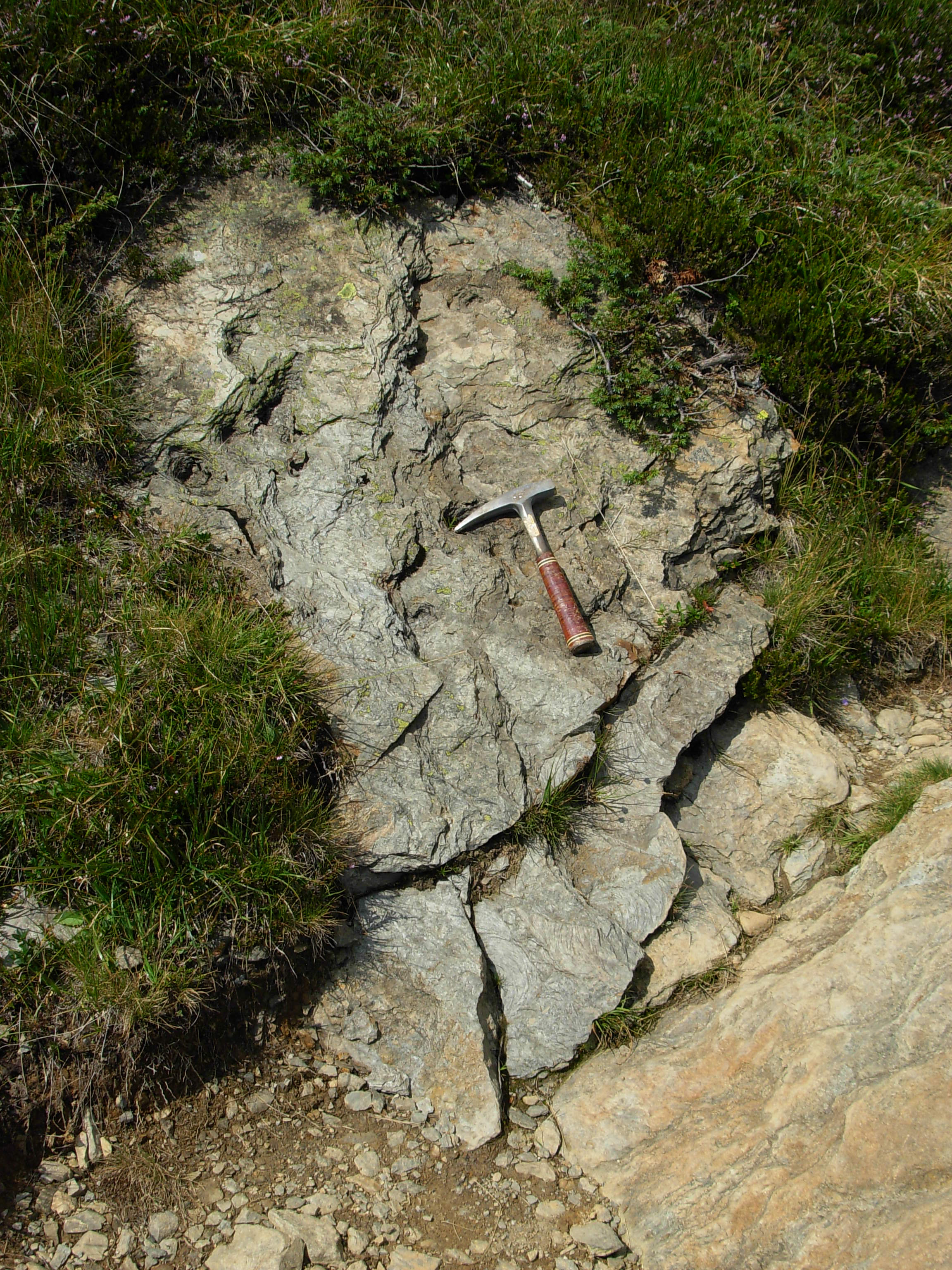Here we find traces left by organisms that lived on the seabed during the Upper Carboniferous. These are “footprints” resulting from the activity of invertebrates that moved, fed and excavated burrows and tunnels in the muddy sediments. It is difficult to understand which animals made them because almost always where fossils tracks occur no shells or other fossilized remains are found. This is due to the environmental conditions, which did not favour the conservation of organic remains, or because the animals that left them had no hard parts to fossilize. These “ichnofossils” are a fundamental testimony for a more complete view of the life of the past.
Cerca
Ultimi Post
- The temporary exhibition “The Wonders of the Underworld – Ampezzo, 20th June 2020
- The Geological Museum in Ampezzo opens next Saturday
- The temporary exhibition “Fossil fish from the Friulian Alps” opens again
- Coronavirus Emergency – extraordinary closing
- Presentation conference – book “INSIDE THE CARNIC ALPS” – Udine, 25th June 2019

